The Blue Constellation Egg and the Golden Age of Pictorial Star Atlases
By Juan F. Déniz
In recent years, sources of inspirations have been suggested for the unfinished Blue Tsarevich Constellation Egg, to have been presented to the Empress Alexandra Feodorovna in 1917. One of them is a French annular clock in The Wallace Collection. However, between the last third of the 18th century and the early 20th many pendules à cercles tournants incorporating globes, putti and/or clouds were made in France. So the number of hypothetical prototypes to be considered would be substantial in case the Russian firm had used one as a model.
To illustrate this comment, below middle a photograph of a c. 1780 French mantel clock in the Louis XVI style. Indeed, if we remove all decorative element from the object, except the billowing clouds and the light blue orb, it resembles somehow the Imperial Easter Egg, but it is just an example of reasonable similarities.
 |
 |
 |
|---|---|---|
1917 Blue Constellation Egg |
18th Century Clock (Courtesy Bonhams) |
Singer House Cupola Top. (Photo: P. Demidov)
|
On the other hand, Valentin Skurlov pointed out in 2004 that the idea came from the cupola that crowns the Singer House in Saint Petersburg. In his article,1 he does not mention any timepiece whatsoever as a prototype.
Searching for other possible sources of inspiration, I found several pictures related to the 1900 Paris Exposition Universelle, at which Carl Fabergé was a member of the jury and exhibitor hors concours. For the World’s Fair, a gigantic blue celestial globe was constructed featuring an ascending/descending walkway on the sphere’s exterior, a scenic overlook at the top, as well as housing an early planetarium. Along the outside of the enclosed walkway (simulating the celestial equator) were depicted the first twelve Roman numerals. I wonder if Fabergé thought of this iconic attraction years later as a theme for his own creation.
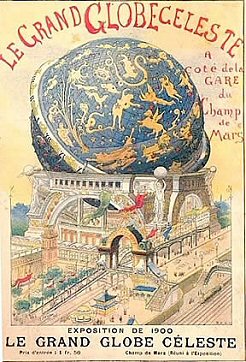 |
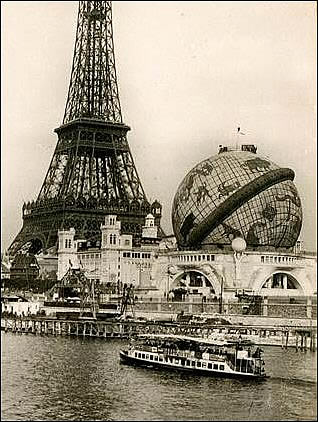 |
|---|---|
Advertisement poster. The Roman numerals are visible along the celestial equator, resembling an annular clock. |
Le Grand Globe Céleste seen from the Seine, with visitors at the top. |
Regarding the origin of the symbolic images of the constellations depicted on the upper half of the Egg, Mikhail Generalov of the Moscow Fersman Mineralogical Museum, states in his article that they are based on the 18th century celestial cartography (uranography) produced between 1740-80.2
After having compared a variety of 18th century celestial planispheres and pictorial star atlases,3 the closest match to the constellations portrayed on the cobalt blue glass hemisphere are contained in the charts of Atlas Céleste de Flamstéed by Jean Nicolas Fortin (1776), which is an updated and revised edition of Atlas Coelestis by John Flamsteed (1729). Is Fortin’s atlas the primary source for Fabergé’s miniature celestial globe depictions?
It is important to note that the figures rendered in the Fabergé objet d’art are not exact copies of the original for a number of reasons; they were “translated” from paper to glass, had to be considerably reduced in size and adapted to a very limited space (approximately 37 mm radius).
The pictures below show the close resemblance between Fortin’s Atlas illustrations and the Egg carvings.
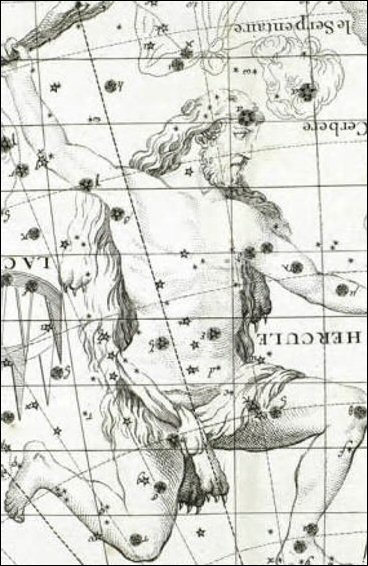 |
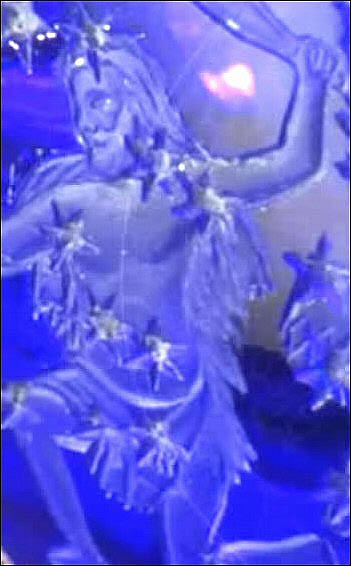 |
|---|---|
Constellation Hercules (one of the most detailed ever engraved in the piece) |
|
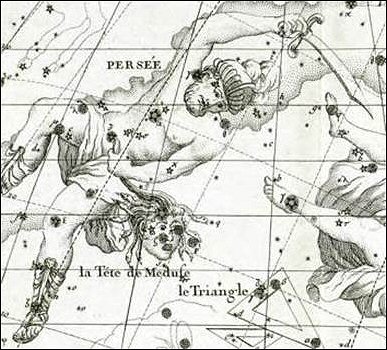 |
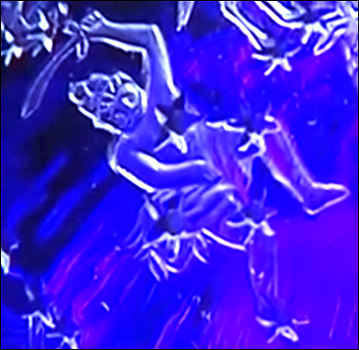 |
|---|---|
Constellation Perseus |
|
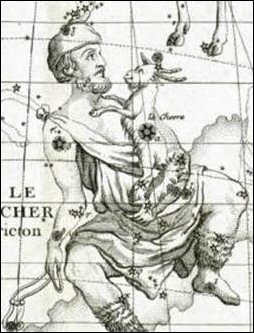 |
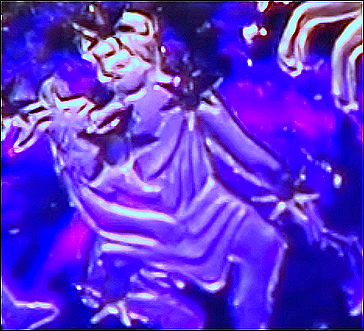 |
|---|---|
Constellation Auriga. |
|
- Notes/references:
1. The tower served as a source of ideas for the Tsesarevich Constellation Easter Egg (1917). Valentin Skurlov, Дарил ли Агафон Фаберже музею императорское пасхальное яйцо? Яйцо или <<шар>>? (Did Agathon Fabergé give to the museum an Imperial Easter Egg? Egg or “ball”?). Антикварное Обозрение (Antique Review) nº 3, 2004, p. 36.
2. The presence in the part of the "firmament" depicted in the Easter Egg, of constellations such as the Reindeer (Rangifer Tarandus), Cerberus and Apple Branch (Cerberus Ramus), and the absence of the constellations Harvest-Keeper (Custos Messium), Mural Quadrant (Quadrans Muralis) and Large Herschel’s Telescope (Telescopium Herschelii Major), limits the possible period of creation of the graphic images of the constellations to the 40s-80s of the 18th century. Mikhail Generalov, Последнее императорское пасхальное яйцо Фаберже: что рассказали звезды (The Last Fabergé Imperial Easter Egg: What the Stars Told). Наше Наследие (Our Heritage), nº 83-84, 2007. http://www.nasledie-rus.ru/podshivka/8320.php
3. Pictorial star atlases consulted:
Atlas Portatilis Coelestis, 1723, Johann Leonard Rost; Atlas Coelestis, 1729, John Flamsteed; Mercurii Philosophici Firmamentum Firmianum, 1730, Thomas Corbiniani; Coelum Stellatum, 1731, Christoph Semler; Atlas Novus Coelestis, 1742, Johann Gabriel Doppelmayr; Uranographia Britannica, 1750, John Bevis; Urania: Or, A Compleat View of the Heavens, 1754, John Hill; Atlas Céleste de Flamstéed, 1776, Jean Nicolas Fortin; Vorstellung der Gestirne, 1782, Johann Elert Bode (the German version of Fortin’s atlas, repeating almost identical constellation figures); Uranographia, 1801, Johann Elert Bode; A Celestial Atlas, 1822, Alexander Jamieson; Urania’s Mirror, 1824 (a boxed set of 32 constellation cards based on Jamieson atlas); Созвездия, представленные в ХХХ таблицах, 1829, Kornelius Reissig.
- Links:
Atlas Celéste de Flamstéed (1776) by Jean Nicholas Fortin, also known as the French Flamsteed atlas: http://lhldigital.lindahall.org/cdm/ref/collection/astro_atlas/id/125
- Videos:
The Blue Tsarevich Constellation Egg: Fabergé: Ostereier für die Zaren, (minutes 44:59-45:54) - https://www.youtube.com/watch?v=qIGNCSdfvWc
Fabergé exhibition Riga, Latvia, 2012, (minutes 1:44 to 2:45) - http://www.youtube.com/watch?v=fNLTrpwoxvE
